Hemp holds tremendous potential as a crop that can contribute to restoring our working landscapes, revitalizing our regional economies, and rethinking the impact of the way we clothe ourselves. Our worldwide fiber consumption has tipped the scale toward a reliance on fossil-fuel derived synthetics, yet bast fibers and blended fabrics emerge as a soil-based solution — their properties of breathability, natural moisture wicking and anti-microbial features, combined with hemp’s biomass-dense and drought-tolerant features, offer a path away from microplastics and toward regenerative systems. In our latest exploration of regional approaches to hemp research, we have partnered with a dynamic team in Northeastern North Carolina: read on to learn more about their efforts.
Photographed by Anna Carson Dewitt
As Spring arrived here in the Piedmont of North Carolina, we were busy readying for our second season of industrial hemp production. Progress continues, as does confusion—about markets, about processing options, about regulation, you name it—quite the learning curve. In 2018, we are excited to design, develop, and pilot the model for a seed-to-fabric supply chain for industrial hemp fiber to be shared with the larger industrial hemp and fiber movement. This work builds off of last year’s variety trial, a simple observational grow. All in all there are at least a dozen local businesses, individual contractors, creatives, and farmers connected to this dynamic project. We are excited to demonstrate what organizing toward a collaborative and innovative economic goal can achieve in North Carolina and beyond.
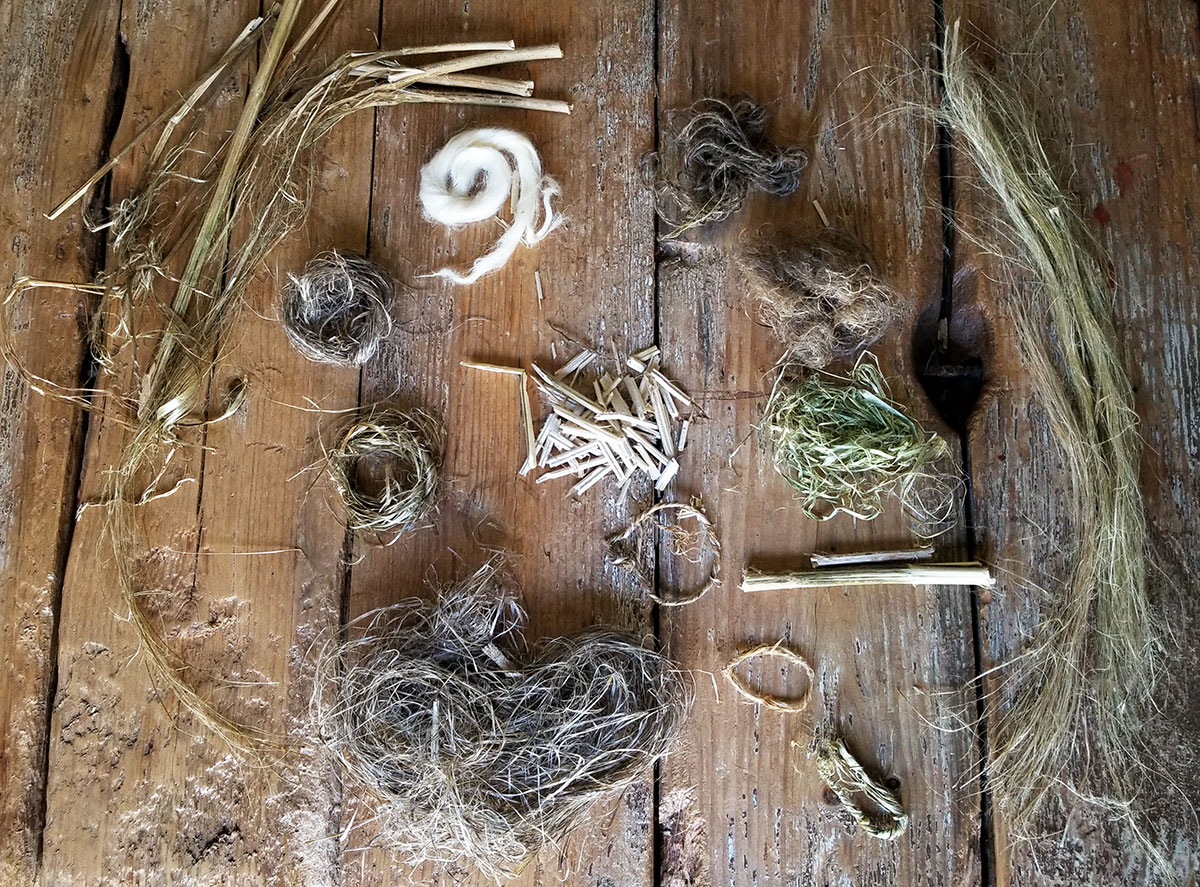
North Carolina has a rich history of fiber artisans at a small and regional scale. To develop a product, we contacted one such person who was eager to collaborate. Katie Berman of Katie Berman Textiles in Durham, NC will be bringing her one-woman fiber weaving, natural dyeing, and education expertise on hand for the project.
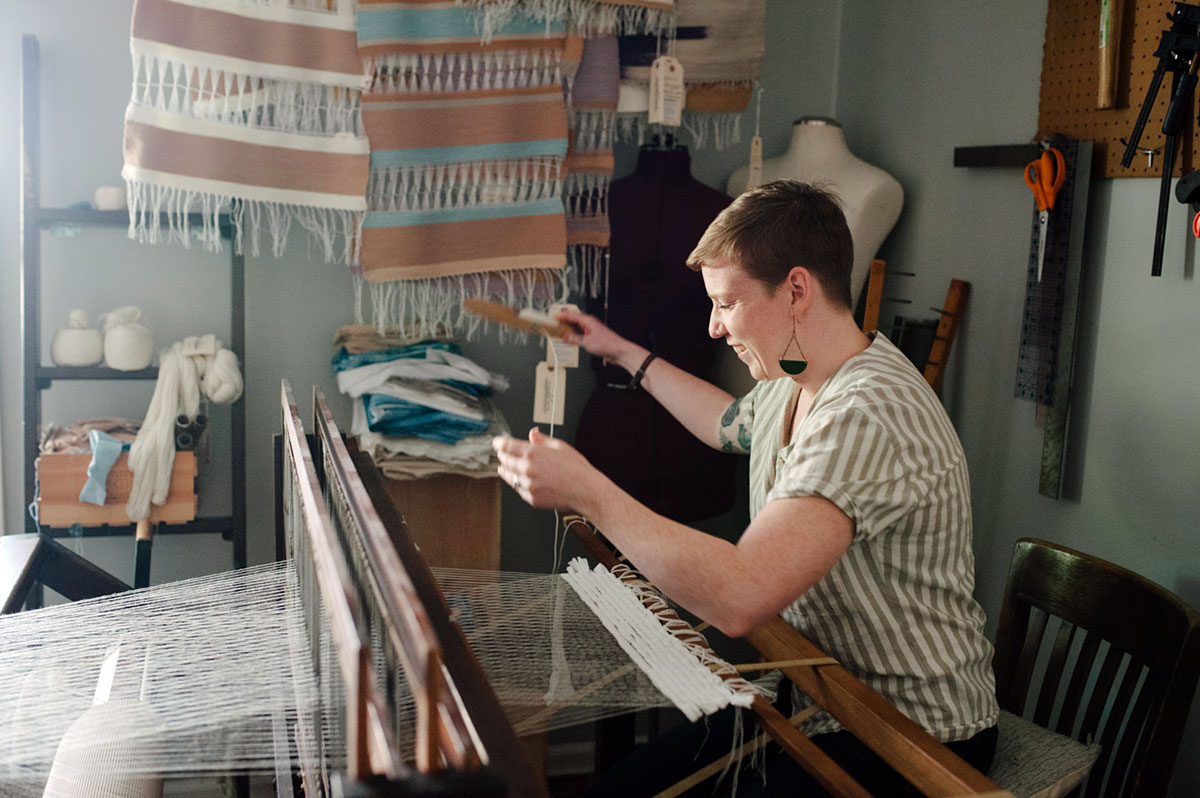
Next, we moved on to processing options. Appropriately scaled systems for fiber processing are still developing, and we needed spun fiber soft enough for Katie to weave—this meant lining up a system for decortication, softening, and spinning. We really had some trouble figuring out a decortication and softening option that would fit the scale, quality, and cost effectiveness we needed. So, we decided to design one ourselves.
The first step for design was to conduct a systematic review of literature on previous designs, tips, tricks, and old mechanical and chemical processes for any kind of long-stapled and tough fiber, with a focus on industrial hemp. Hopping on the team as interns for a capstone project for the University of Cincinnati’s School of Design, Art, Architecture, and Planning were Max Holden and Madalen McGrory. Max put his engineering and design expertise to work on designing a decorticator that could be compact, portable, and powerful. After a few months of thorough literature review on fiber processing systems, as well as an extensive dive into the US Patent Office and some initial tinkering, we had our first model.
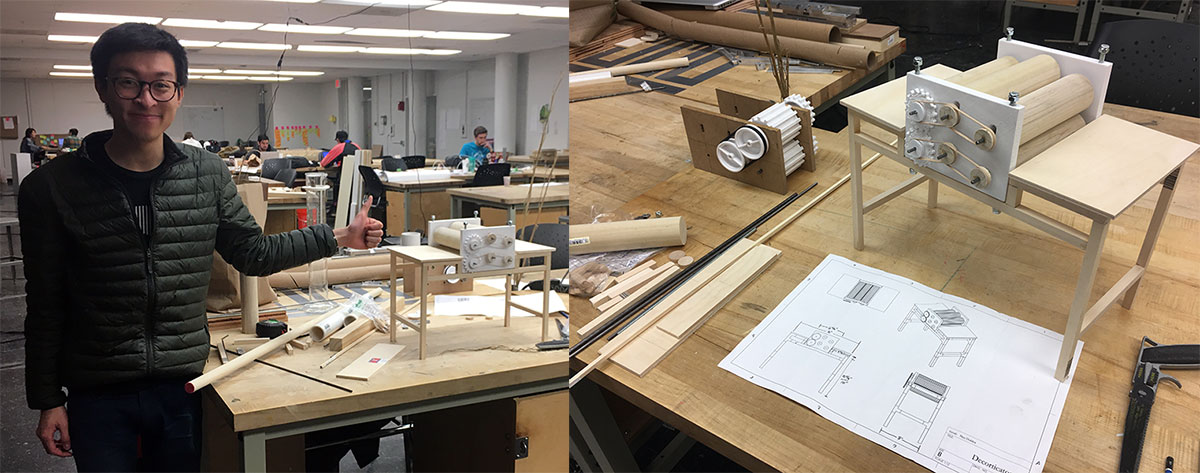
The project also needed a name, initial branding, and some product on which to experiment. Madalen brought her branding and product line expertise to bear and was able to collect samples of hemp and hemp blends from a variety of sources in the US and abroad for swatch making, softening trials, etc. She also lined up and interviewed experts in the processing field who were kind enough to give some initial thoughts on the project. After a few months of work, some peer feedback from the University of Cincinnati cohort, and on-site work sessions in Durham, we had a project name: One Acre Exchange.
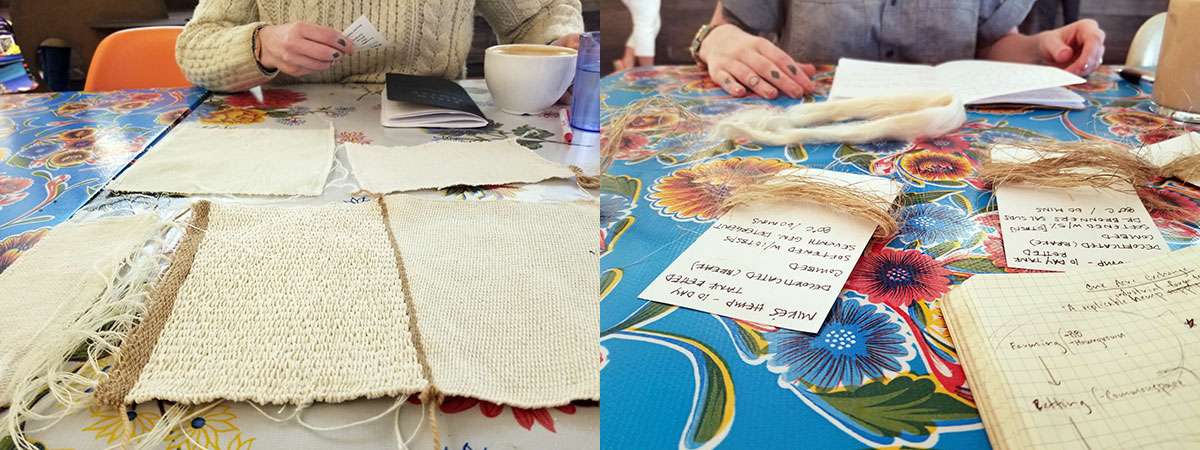
Finally, we needed to set up the grow site. We selected a 2-acre field owned by a friend and project collaborator in Bahama, North Carolina. Bahama is a small place with much farmland about 10 miles north of Durham, where the processing and final product weaving/dyeing/etc. will be made. This piece of land has been fallow for nearly 20 years. Even still, grass growth was spotty and weeds such as vetch and dogbane were prominent but not expansive. This observation, along with soil testing, indicated a serious nutrient defiency. We selected the site intentionally to regenerate the soil for future production, rotation, and care. We got the band back together from the variety trial project to coordinate the seed, grow license, and field preparation.
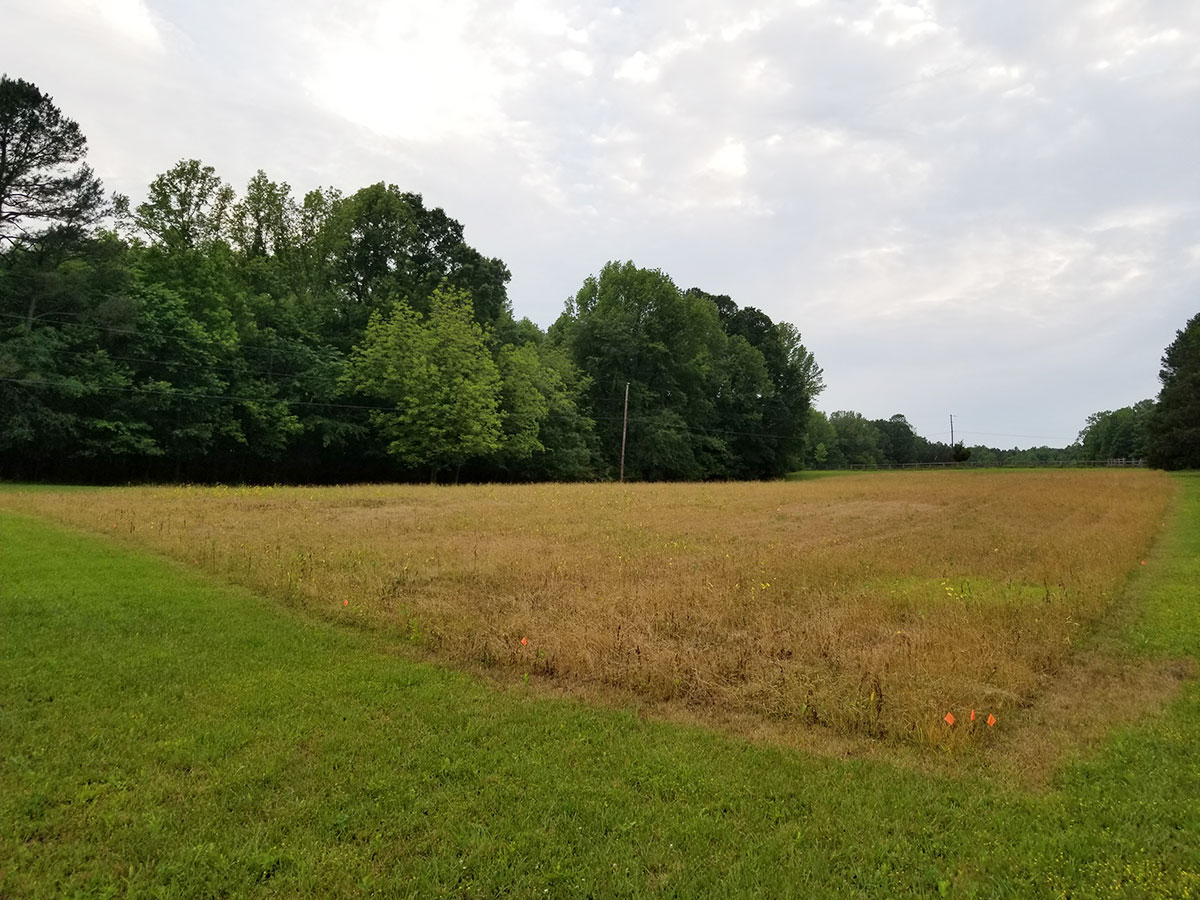
Field prep was necessary to rid the plot of weeds and kickstart microbial and enzymatic activity with a controlled burn. Our friends from the Bahama Fire Dept have offered to lend a hand. After burning, the plan includes amending the soil with lime, potash and phosate, adding organic compost from a local processor and supplier that collects food scraps and other compostable waste from all over the Piedmont, and lightly turning the soil. The next step after that is putting seeds in the ground. Now, we watch the weather and wait.
One Acre Exchange is the sharing of work, ideas, and expertise amongst rural and urban people with the collective goal of making possible a small-scale supply chain for industrial hemp production. Even more, this project is built with and through farmers, workers, and the land to serve as a model for how an innovative, cooperative, equitable supply chain ought to be designed.
Stay tuned on the Fibershed blog and @one_acre_exchange on Instagram for more project updates.





